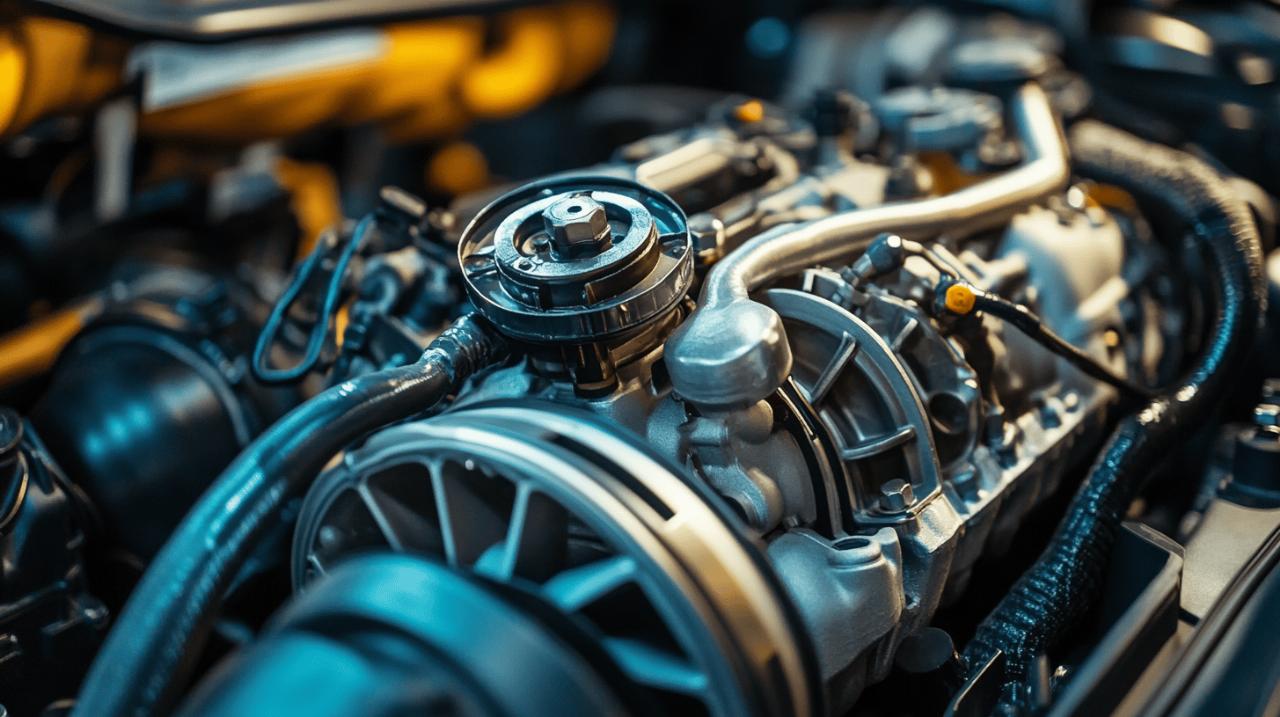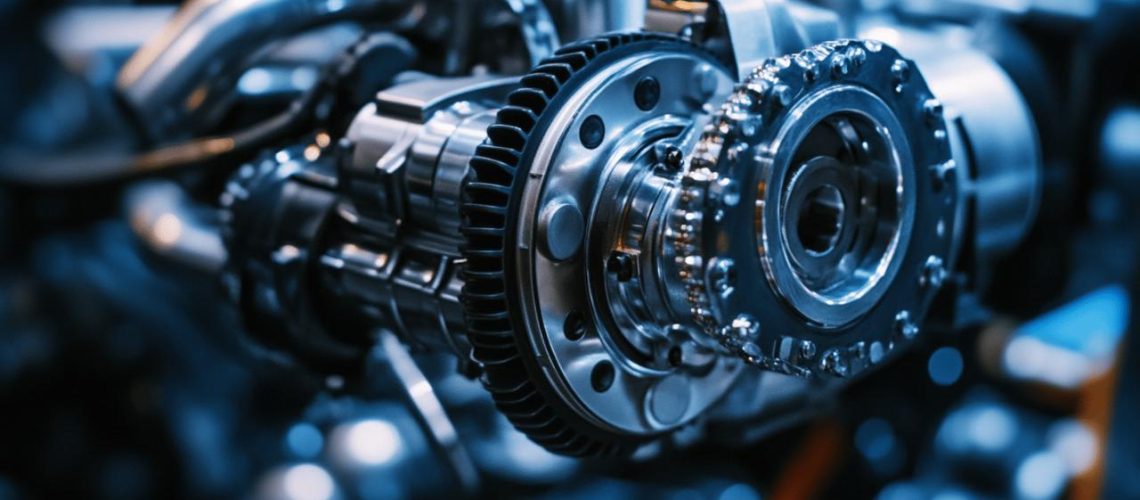Keeping your vehicle in top condition requires more than just periodic servicing; it demands a comprehensive approach to maintenance and care. Whether you drive a family saloon or a performance car, the principles of component preservation remain largely the same. Proper maintenance not only extends the life of your vehicle but also ensures optimal performance, safety, and fuel efficiency while preventing costly repairs down the line.
Regular maintenance: the foundation of vehicle longevity
The cornerstone of vehicle longevity is adhering to a consistent maintenance schedule. Studies show that cars reaching the scrapyard average about 14 years of age, yet with proper care, many vehicles can significantly exceed this lifespan. Regular servicing isn’t merely a recommendation; it’s an investment in your vehicle’s future. Experts at https://www.auto-h-aus-europa.de/ emphasize that comprehensive maintenance is the single most effective strategy for maximizing component lifespan across all vehicle types.
Creating an effective maintenance schedule
An effective maintenance schedule typically includes minor services annually and major overhauls every two to three years. These services should encompass checks for fluid leaks, tyre condition, emissions levels, brake wear, and the proper functioning of steering components, gearbox, clutch, suspension, lights, wipers, and horn. Beyond scheduled servicing, perform fortnightly checks on essential elements like fuel, oil, tyres, wiper blades, coolant, electrics, screen wash, air filters, spark plugs, brakes, and air conditioning to catch potential issues early.
Finding a Trustworthy Garage for Your Vehicle Needs
Finding a reputable garage with qualified technicians makes a substantial difference in maintenance quality. Look for establishments with positive customer reviews and certifications from recognized automotive organizations. A good garage will provide transparent pricing, detailed explanations of necessary repairs, and use quality parts. Establishing a relationship with a trusted mechanic who becomes familiar with your vehicle’s history can lead to more personalized care and potentially earlier detection of developing issues.
Quality fluids: the lifeblood of your vehicle
Vehicle fluids are quite literally the lifeblood of your car, and using premium products makes a measurable difference in component longevity. From engine oil to transmission fluid, brake fluid to coolant, each plays a vital role in keeping your vehicle’s systems functioning properly. Using substandard fluids or allowing them to become contaminated or depleted can lead to accelerated wear, reduced performance, and potentially catastrophic failures.
Understanding Different Types of Engine Oils and Their Benefits
Engine oils vary widely in composition and performance characteristics. Conventional oils offer basic protection, while synthetic blends provide enhanced performance and protection. Fully synthetic oils, though more expensive, deliver superior protection against wear, perform better in extreme temperatures, and generally last longer. The viscosity rating, indicated by numbers like 5W-30, tells you how well the oil flows at different temperatures. Always refer to your owner’s manual for the recommended oil type, as using the wrong specification can damage your engine over time.
Proper fluid replacement intervals for peak performance
Adhering to recommended fluid replacement intervals is crucial for maintaining peak vehicle performance. Engine oil typically requires changing every 5,000 to 10,000 miles, depending on your vehicle and driving conditions. Transmission fluid might need replacement every 30,000 to 60,000 miles, while brake fluid generally requires changing every two years regardless of mileage. Coolant should be replaced every two to five years to maintain its anti-corrosion properties. Following these intervals prevents the degradation of internal components and ensures optimal functionality throughout your vehicle’s systems.

Tyre care: ensuring safety and efficiency
Tyres are the only contact points between your vehicle and the road, making their maintenance critical for both safety and efficiency. Well-maintained tyres improve handling, braking, fuel economy, and ride comfort while reducing the risk of blowouts and accidents. A comprehensive tyre care routine involves regular pressure checks, rotation, alignment, and timely replacement when tread depth becomes insufficient.
Monitoring Tyre Pressure and Its Impact on Wear Patterns
Checking tyre pressure monthly is essential for preventing irregular wear patterns and maintaining optimal performance. Underinflated tyres increase rolling resistance, which reduces fuel efficiency and causes excessive heat buildup that can lead to premature failure. Conversely, overinflated tyres provide less contact with the road surface, reducing traction and causing uneven wear concentrated in the center of the tread. The correct pressure, typically found on a sticker inside the driver’s door jamb or in the owner’s manual, provides the ideal balance of grip, comfort, and longevity.
Rotation and alignment: extending tyre life significantly
Regular tyre rotation ensures even wear across all four tyres, significantly extending their useful life. Most manufacturers recommend rotation every 5,000 to 8,000 miles. The rotation pattern depends on whether your vehicle is front-wheel, rear-wheel, or all-wheel drive. Proper wheel alignment is equally important, as misaligned wheels cause uneven and accelerated tyre wear. Signs that your vehicle may need an alignment include pulling to one side while driving straight or uneven wear on your tyres. Having your alignment checked annually or after hitting significant potholes helps preserve both your tyres and suspension components.
Driving habits that preserve your vehicle components
Your driving style directly impacts the longevity of virtually every component in your vehicle. Aggressive driving puts excessive stress on the engine, transmission, brakes, and suspension, while smooth, mindful driving preserves these systems. Developing habits that minimize wear and tear can add years to your vehicle’s life while improving fuel economy and reducing maintenance costs.
The Art of Gentle Acceleration and Smooth Braking
Gentle acceleration allows engine components to work within their optimal range, reducing stress on the powertrain. Avoid slamming the accelerator, particularly when the engine is cold, as this causes rapid temperature changes that can lead to premature wear. Similarly, smooth braking extends the life of brake pads, rotors, and the entire braking system. Allow ample stopping distance so you can brake gradually rather than suddenly. Avoid riding the brakes on downhill stretches; instead, engine braking by downshifting can reduce wear on brake components while maintaining control.
Temperature considerations when operating your vehicle
Temperature management is crucial for component longevity. Allow your engine to warm up for 30-60 seconds before driving, particularly in cold weather, giving oil time to circulate properly. Avoid prolonged idling as it can lead to carbon buildup. During hot weather, give your engine cooling system a chance to work by avoiding immediate high-speed driving after starting. For turbocharged engines, allow a brief idle period before shutting off after high-speed driving to let the turbocharger cool down. These temperature management practices prevent thermal stress that can lead to component failure.
Prompt repairs: addressing minor issues before they escalate
Addressing small problems promptly prevents them from developing into major, expensive repairs. Warning lights, unusual noises, vibrations, or changes in vehicle behavior are your car’s way of communicating potential issues. Ignoring these signs often leads to cascading failures as one compromised component puts additional stress on related systems.
Recognising warning signs of potential component failure
Learning to recognize warning signs can save substantial repair costs. Unusual sounds like knocking, grinding, or squealing often indicate specific problems: knocking might suggest engine bearing issues, grinding could indicate brake wear, and squealing might point to a loose belt. Similarly, vibrations typically signal alignment problems, worn suspension components, or unbalanced wheels. Dashboard warning lights should never be ignored, as they’re designed to alert you to problems before catastrophic failure occurs. Even seemingly minor issues like slightly reduced performance or increased fuel consumption can indicate developing problems worth investigating.
Cost-Benefit Analysis of Immediate versus Delayed Repairs
When faced with a repair decision, consider both immediate costs and long-term implications. While delaying repairs might seem economical in the short term, it often leads to more extensive damage and higher eventual costs. For example, replacing worn brake pads might cost relatively little, but if neglected, they can damage rotors and calipers, multiplying the repair cost. Similarly, addressing a small oil leak promptly might prevent engine damage that could necessitate a complete rebuild or replacement. Preventative maintenance and timely repairs almost always prove more economical than reactive fixes for major failures.
Cleanliness and protection against environmental damage
Environmental factors like road salt, industrial fallout, bird droppings, and ultraviolet radiation can cause significant damage to your vehicle’s components. Regular cleaning and protective measures are essential defenses against these threats, preserving both the appearance and structural integrity of your vehicle.
Effective Cleaning Techniques for Engine and Undercarriage
Cleaning your engine bay and undercarriage removes corrosive substances and prevents the buildup of grime that can trap moisture and accelerate rust formation. For the engine bay, use a degreaser specifically designed for automotive use, avoiding direct spraying of electrical components. The undercarriage benefits from regular washing, especially after driving on salted winter roads. Specialized undercarriage cleaning services use high-pressure water to remove accumulated dirt and salt from hard-to-reach areas. Keeping these areas clean allows you to spot developing issues like fluid leaks or corroding components before they become serious problems.
Protective measures against rust and corrosion
Applying protective treatments significantly extends the life of body panels and structural components. Consider rust-proofing treatments, particularly for vehicles in coastal areas or regions where road salt is common. For minor paint chips or scratches, touch-up paint prevents moisture from reaching the metal underneath. Waxing your vehicle’s exterior creates a protective barrier against environmental contaminants while enhancing appearance. For older vehicles, specialized rust converter products can stabilize existing rust and prevent its spread. These protective measures are particularly important for preserving structural integrity and maintaining resale value as your vehicle ages.

